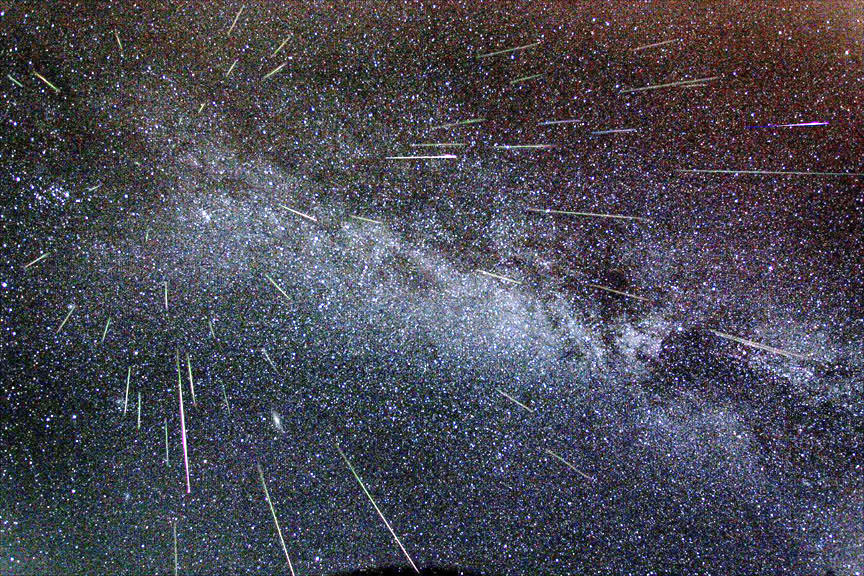Astronomers are increasingly interested in Near-Earth Objects, or NEOs. There are ongoing efforts to find them all and catalog them all, and to find out which ones might pose a collision threat. Now some astronomers with the NASA-funded Catalina Sky Survey have found a new, tiny, temporary moon for Earth.
Continue reading “Astronomers Discover a Tiny New Temporary Moon for the Earth. Welcome to the Family 2020 CD3”Astronomers Discover a Tiny New Temporary Moon for the Earth. Welcome to the Family 2020 CD3
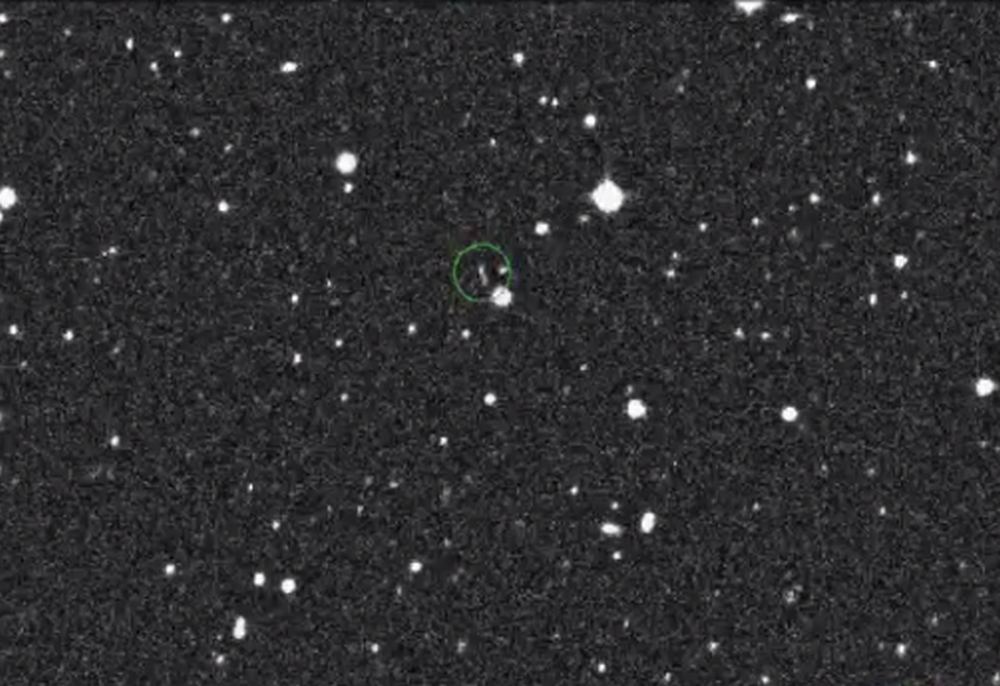

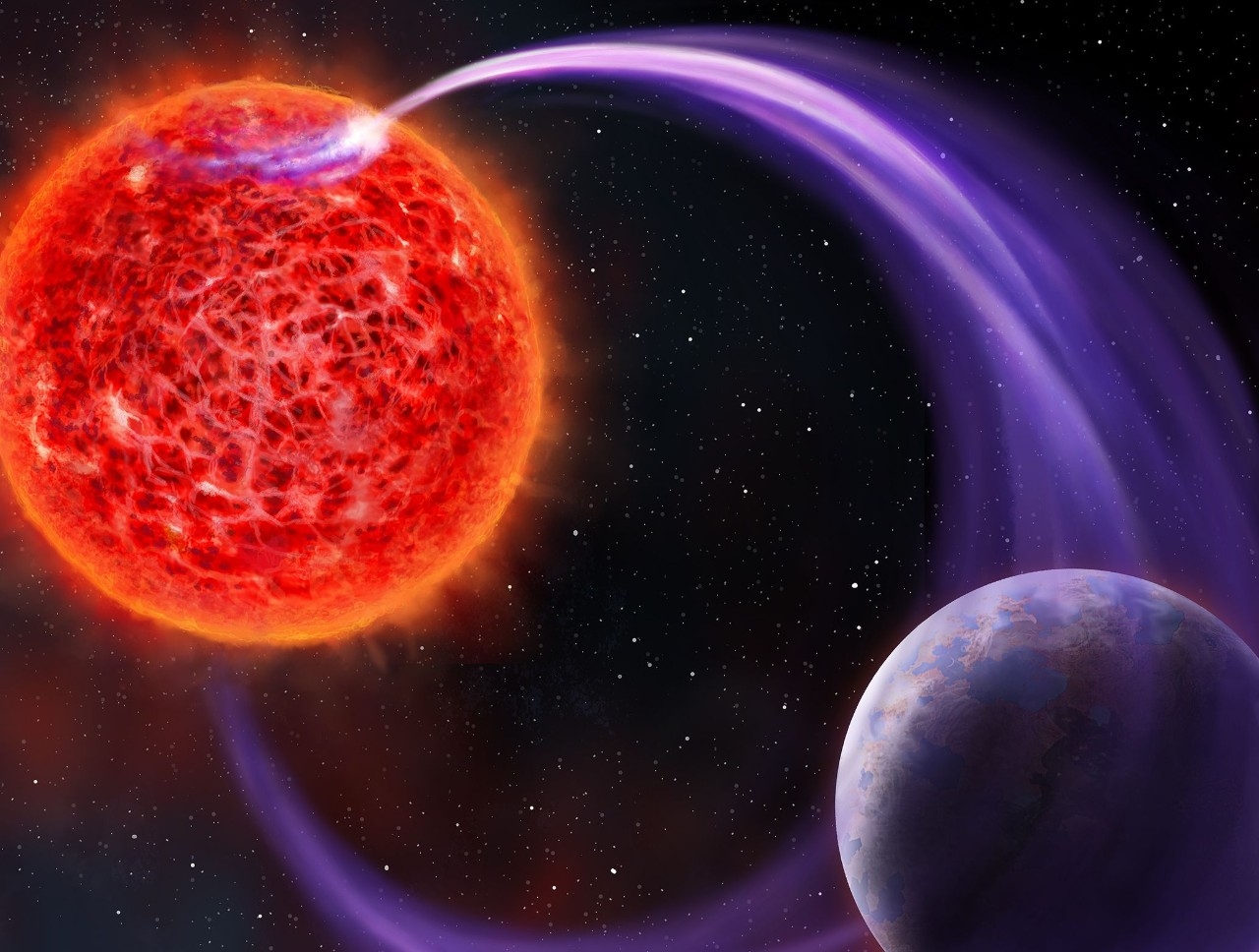

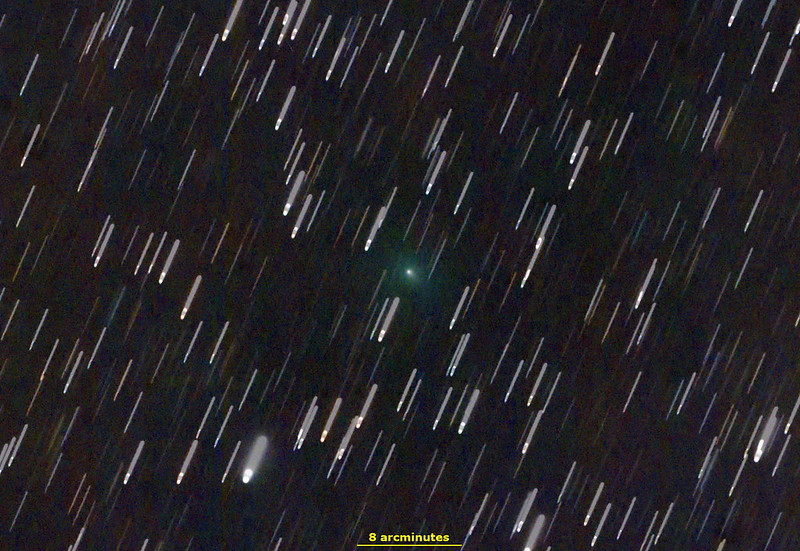
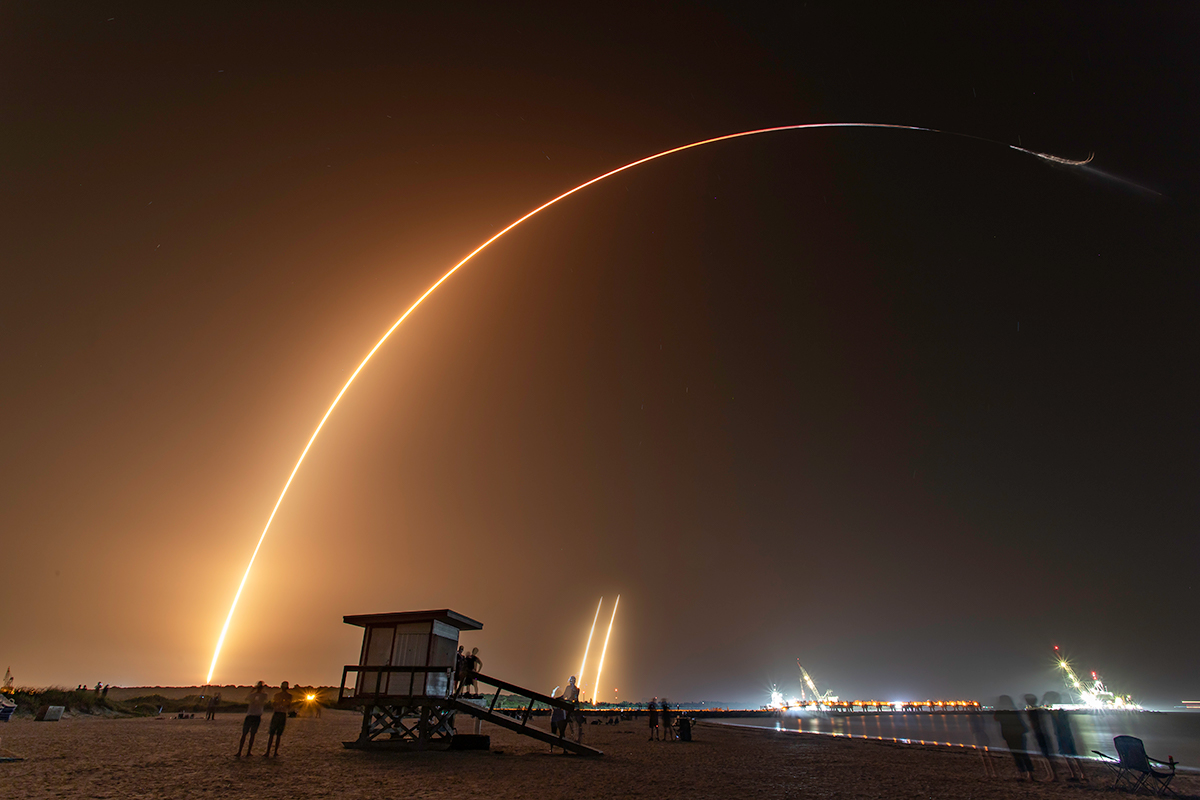
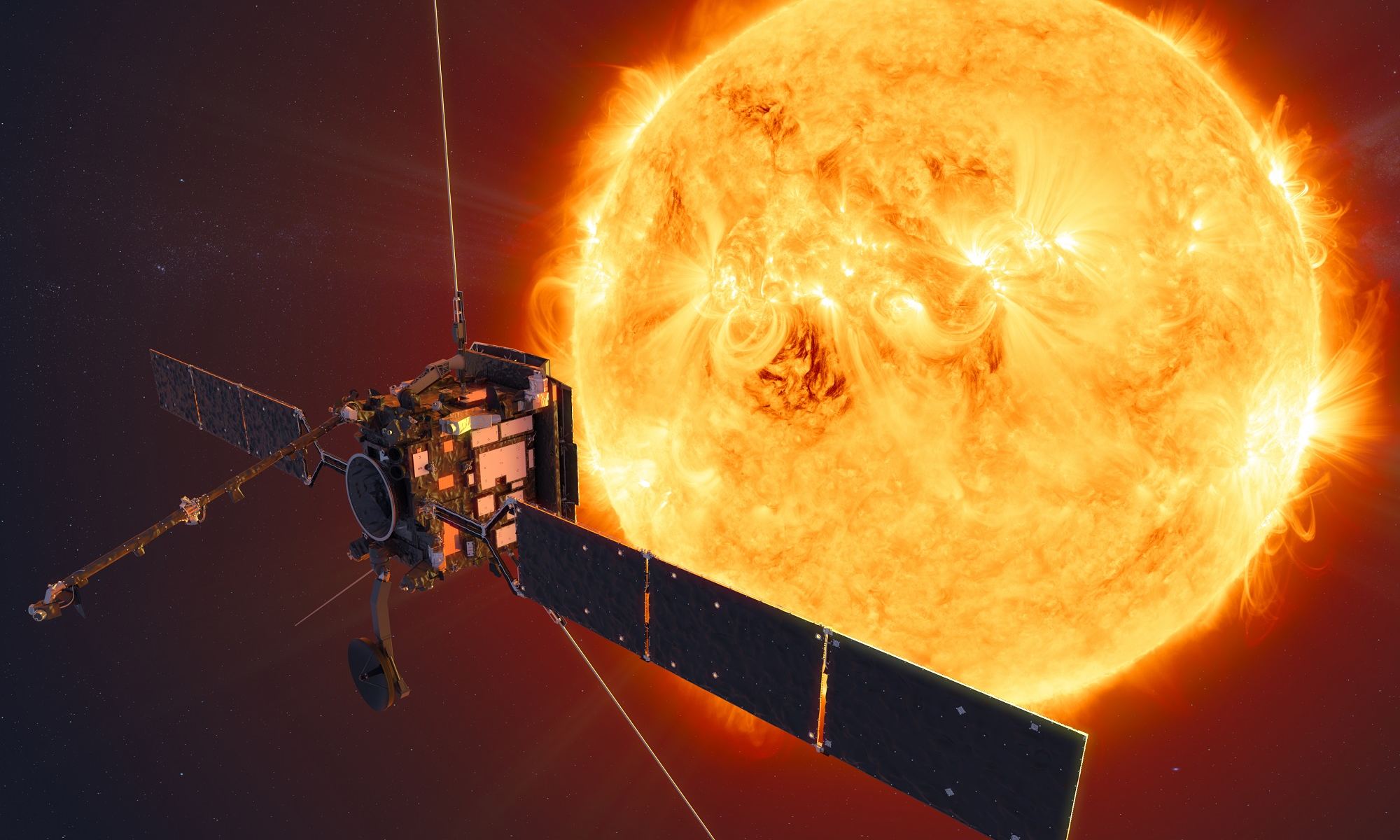
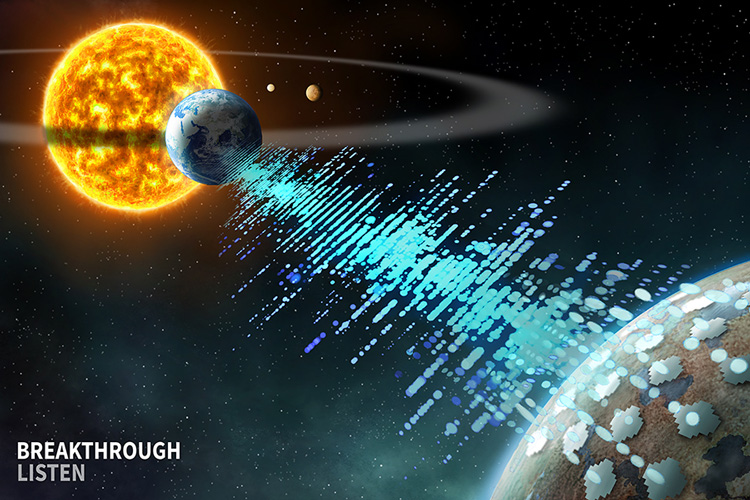
![Artist’s impression of one of the two stars in the FU Orionis binary system, surrounded by an accreting disk of material. What has caused this star — and others like it — to dramatically brighten? [NASA/JPL-Caltech]](https://www.universetoday.com/wp-content/uploads/2020/02/PIA20689_fig1.jpg)

